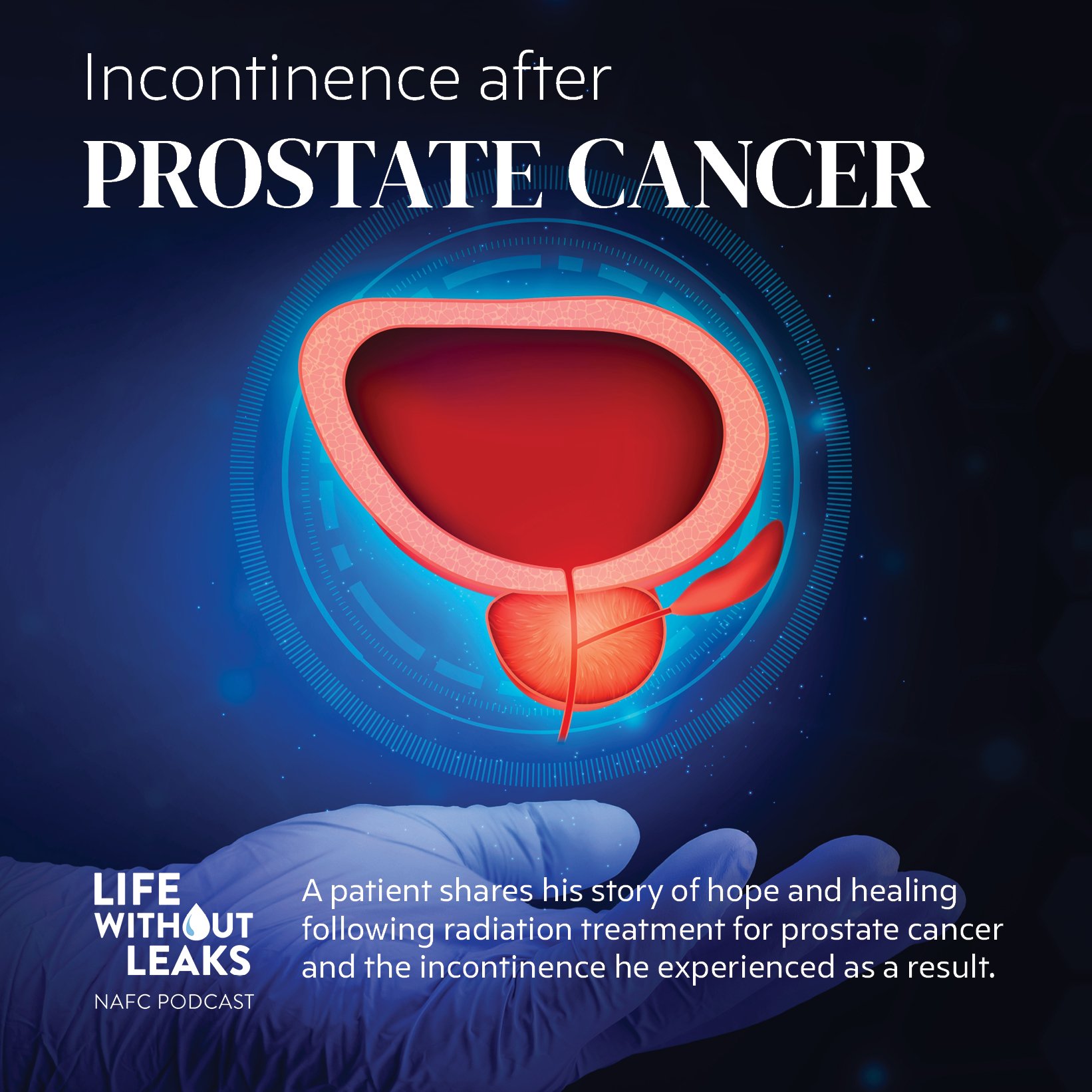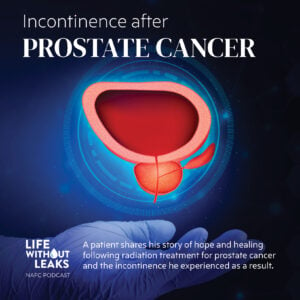Reminders for Your Bladder Health
Bladder Incontinence is a common condition that affects many individuals1. Understanding the facts and available treatments can empower you to take control of your health. As a board-certified urogynecologist who has treated thousands of women struggling with incontinence, here are some reminders for people struggling with bladder incontinence issues:
- Bladder Incontinence is More Common Than You Think – Bladder incontinence affects millions of people. 1 in 6 adults have Overactive Bladder (OAB)1, and 1 in 3 women experience Stress Urinary Incontinence (SUI)2. If you suffer from any of these conditions, remember – you are not alone.
- Incontinence is a Part of Life, But It Doesn’t Have to Be – As people get older, their risk of experiencing urinary incontinence tends to increase. This happens because the muscles surrounding the bladder can gradually become weaker with age. The link between growing older and urinary incontinence leads many people to believe that incontinence is a normal and inevitable part of aging. However, this is not the case. Urinary incontinence does not have to be accepted as a normal part of life and can, in fact, be treated successfully – more on that later in this article.
- Lifestyle Changes Can Make a Difference – Lifestyle changes are often the first step in managing incontinence. Adjusting your daily habits can have a significant impact on symptoms. Here are some lifestyle changes to consider:
- Maintain a bladder diary – Keep a detailed record of fluid intake, urination patterns and leakages. This can help identify any triggers and guide your treatment plan.
- Practice bladder training – Techniques like delaying urination, double voiding, and scheduled restroom visits can help retrain your bladder and increase the time between bathroom visits.
- Adjust your Diet and Fluid Intake – Certain foods and drinks can irritate the bladder or increase urine production. Reducing spicy or acidic foods and diuretics like alcohol, coffee and tea may help reduce symptoms.
- Quit Smoking – Smoking cigarettes is associated with an increased risk of both urinary incontinence and OAB. It can irritate the lining of the bladder and contribute to urge incontinence. Additionally, chronic coughing associated with smoking can put extra pressure on the bladder, leading to increased leakage. Quitting smoking not only benefits overall health but can also reduce bladder irritation and improve incontinence management.
- Incorporate Pelvic Floor Exercises – Strengthening the pelvic floor muscles through exercises like Kegals can improve bladder control and reduce leakage. These are especially effective for stress incontinence and help increase the bladder’s capacity to hold urine.
- Seek Advanced Treatments When Necessary – When lifestyle changes do not sufficiently resolve symptoms, consult with an expert physician about advanced treatment options.
- For women suffering from SUI, the majority choose Bulkamid® before other treatment options3. Bulkamid, a urethral bulking agent, is a soft, water-based gel that helps restore the closure of the urethra. Similar to some facial fillers it remains in the body over time without causing reactions in the surrounding tissue.1
- For adults with Overactive Bladder, other advanced therapies are available, such as Axonics® Therapy, which uses Sacral Neuromodulation to restore bladder function. Axonics Therapy has provided real relief to thousands of people.4 It’s a real solution that goes beyond pads, pills and planning.
Remember, living with incontinence can be challenging, but you don’t have to manage it alone. Consult with an expert physician who specializes in incontinence treatments to make sure you understand all your options.
Need Help Finding an Expert Physician?
Call us at (877) 318-3845
or visit FindRealRelief.com
to find a bladder specialist near you.
Warmest regards,
Karen Noblett, MD
Chief Medical Officer, Axonics
Disclaimer: Axonics does not provide medical advice, diagnosis or treatment. The contents of this website are for informational purposes only and are not intended to be a substitute for professional medical advice, diagnosis, or treatment. Always seek the advice of your physician or other qualified health provider with any questions you may have regarding a medical condition.
Clicking links may take you to third-party sites that are not under the control of Axonics. Although Axonics has no reason to believe the information provided by such third-party websites is not accurate, Axonics is not responsible for the content of any third-party websites and/or any links contained in the third-party websites. Axonics does not endorse or guarantee the products, information, services, or recommendations provided by linked websites.
- Stewart WF, Van Rooyen JB, Cundiff GW, et al. Prevalence and burden of overactive bladder in the United States. World J Urol. 2003;20(6):327-336.
- Magon N, Kalra B, Malik S, Chauhan M. Stress urinary incontinence: What, when, why, and then what? J Midlife Health. 2011;2(2):57-64.
- Dwyer L et al. “Voice Your Choice”: A Study of Women’s Choice of Surgery For Primary Stress Urinary Incontinence. International Urogynecology Journal. 31:769–777, 2020
- Axonics internal data on file.
Results and experiences may vary and are unique to each individual.
IMPORTANT SAFETY INFORMATION:
Indications: Axonics SNM Therapy for urinary control is indicated for the treatment of urinary retention and the symptoms of overactive bladder, including urinary urge incontinence and significant symptoms of urgency-frequency alone or in combination, in patients who have failed or could not tolerate more conservative treatments. Axonics SNM Therapy for bowel control is indicated for the treatment of chronic fecal incontinence in patients who have failed or are not candidates for more conservative treatments.
Contraindications: Axonics SNM Therapy is contraindicated for patients who have not demonstrated an appropriate response to test stimulation or patients who are unable to operate the Axonics SNM Systems.
Warnings: Implantation and use of the Axonics Systems incur risks beyond those normally associated with surgery, some of which may necessitate surgical intervention. These risks include, but are not limited to adverse change in voiding function (bowel and/or bladder), infection, pain or irritation at the implant site, lead or device migration, electrical shock, change in sensation or magnitude of stimulation which has been described as uncomfortable (jolting or shocking) by some patients, and heating or burns at the device site.
Results and experiences may vary and are unique to each patient. No promise or guarantee is made about specific results or experiences. Talk to your doctor to see if Axonics Therapy is right for you and to discuss the potential risks and benefits.
For a complete listing of indications, contraindications, warnings and precautions, go to www.axonics.com/isi.
Precautions: The safety and effectiveness of Axonics Therapy has not been established for use in women who are pregnant or in delivery; for pediatric patients (under the age of 18 years for fecal incontinence and under the age of 16 years for overactive bladder and urinary retention); for patients with neurological diseases, such as multiple sclerosis or diabetes, or for bilateral stimulation.
Caution: U.S. federal law restricts this device to sale and use by, or on the order of, a physician.
IMPORTANT SAFETY INFORMATION:
Indications: The Bulkamid Urethral Bulking System is indicated for urethral injection for the treatment of stress urinary incontinence (SUI) due to intrinsic sphincter deficiency (ISD) in adult women who have SUI or stress predominant mixed incontinence.
Contraindications: Bulkamid Urethral Bulking System must not be used in patients suffering from acute urinary tract infection.
Warnings: Do not inject Bulkamid Hydrogel intravascularly. Injection of Bulkamid Hydrogel into blood vessels may cause vascular occlusion leading to a possible embolism. Discontinue injection of Bulkamid Hydrogel if the superficial capillaries of the mucosa start to fade in order to avoid ischemia. Prior assessment of the tissue is recommended before introducing the Bulkamid Rotatable Sheath into the urethra. Do not force the Bulkamid Rotatable Sheath into the urethra or inject Bulkamid Hydrogel if the urethral tissue is damaged. The Bulkamid Urethral Bulking System should not be used in patients with urethral or bladder neck strictures until the strictures have been corrected. Use of the Bulkamid Urethral Bulking System in patients with strictures may cause injury and/or urethral obstruction. Over-correction using Bulkamid Hydrogel may lead to obstruction. Patients receiving treatment affecting blood coagulation have an increased risk of hematoma or urethral bleeding, as with any invasive procedure. Do not use Bulkamid Hydrogel in male patients.
Precautions: The Bulkamid Urethral Bulking System is only to be administered by a qualified physician, e.g. gynecologist, urologist, or urogynecologist. Safety and effectiveness of Bulkamid have not been established in patients with a fragile urethral mucosal lining, with urethral hypermobility with a straining angle >30º from horizontal bladder neck, predominant urge incontinence, detrusor overactivity, known polyuria (≥ 3L/24h), unevaluated hematuria, prolapse stage greater than Stage II using the ICS Pelvic Organ Prolapse Quantification (POPQ) exam, BMI >35 kg/m2, neurogenic bladder, less than 18 years of age, have active Herpes Genitalis, or for re-injection of Bulkamid Hydrogel less than 4 weeks after initial injection. The effect of Bulkamid has not been evaluated in women during pregnancy, delivery or lactation. The effect of Bulkamid on subsequent pregnancy and delivery, and the impact of subsequent pregnancy on the effect of Bulkamid, is unknown. Therefore, the risks and benefits of the device in women of childbearing potential should be carefully assessed.
Adverse Events: Adverse events may include: pain at the implant site, acute retention, urinary tract infection, hematuria, de novo urge incontinence, dysuria, urinary urgency, vaginal infection/irritation/Lichen Sclerosus, and worsening urinary incontinence.
Caution: U.S. Federal law restricts this device to sale and use by, or on the order of, a physician.
For a complete listing of indications, contraindications, warnings and precautions, go to www.bulkamid.com/isi.
© 2024 Axonics, Inc. All rights reserved. 110-0260-010rA






